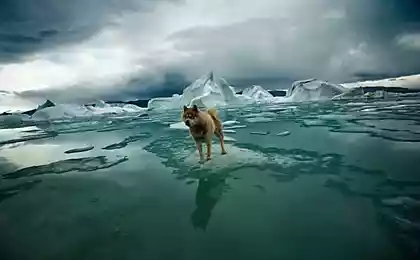1934
Survive the winter. These animals are known as
Changing coats, hoard fat and nothing shy.
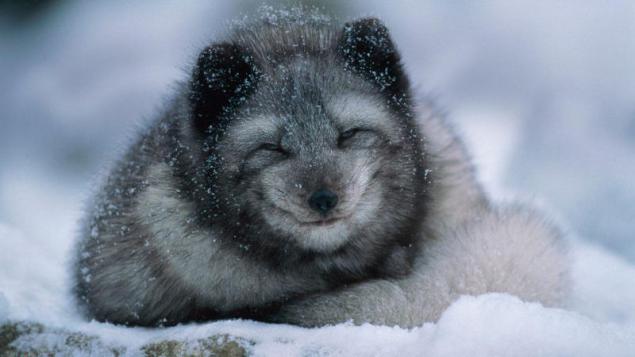
Most birds leave the Arctic zone in winter, but not ptarmigan. Feathered legs - almost as ugg boots. In them, she happily jumps on permafrost.
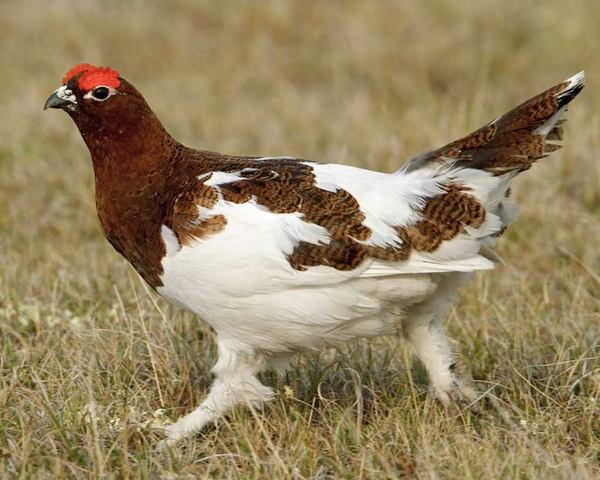
Arctic chameleons change color several times a year.
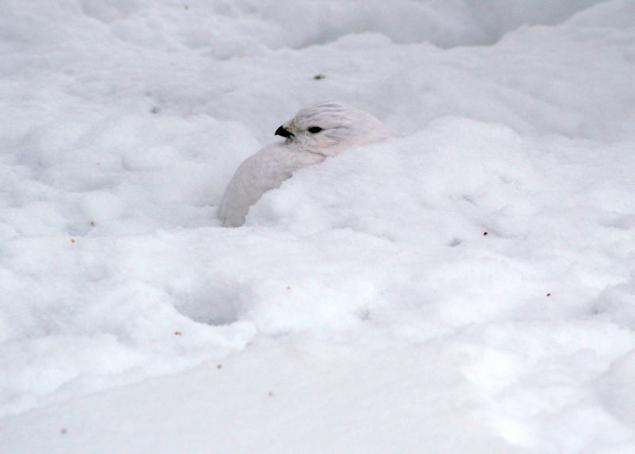
The Arctic fox is the size of a domestic cat, but can strangle a hundred lemmings per day to feed his family fox.

Foxy camouflage for protection against polar bears.

Walrus, of course, no one to fear.

Hare in the Arctic is not easy, on-mining foxes, lynx and ermine. But runs fast.
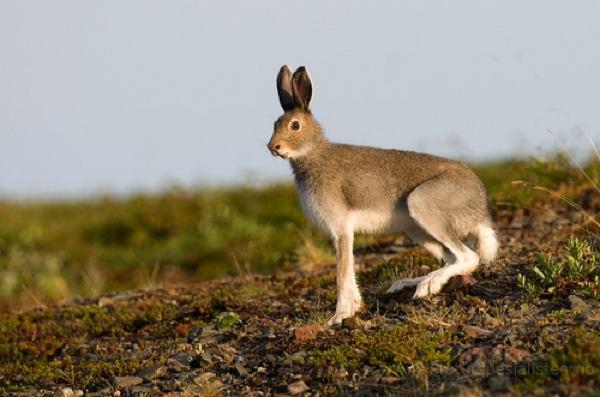
The main weapon of the hare - claws.
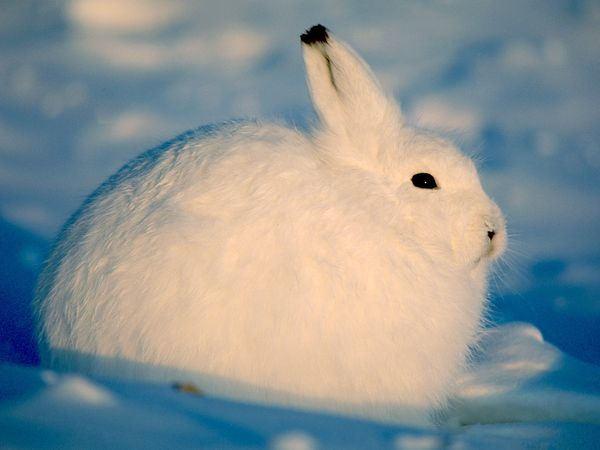
Musk ox. To him so simply will not pick up.
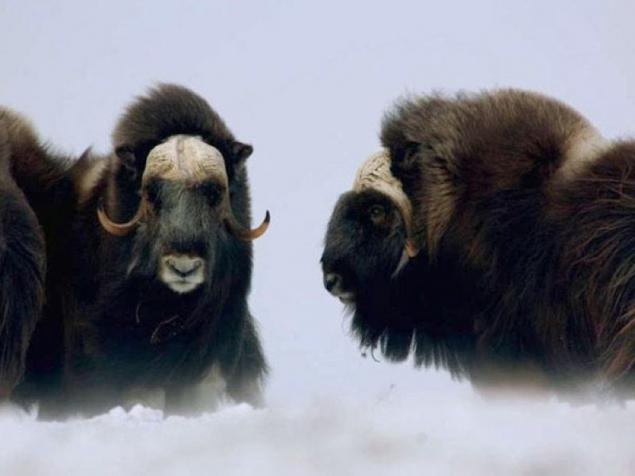
The main polar Strangler - ermine.
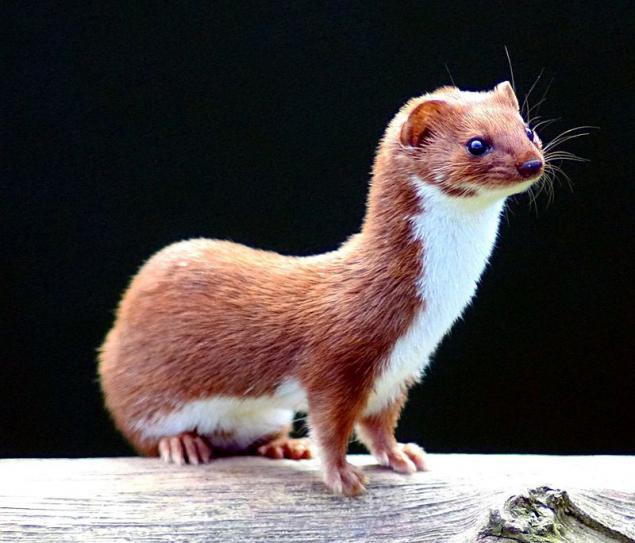
"So here you are, reindeer».

Ground squirrels do not steamed, but just goes to sleep for seven months, the body and the brain almost freeze.
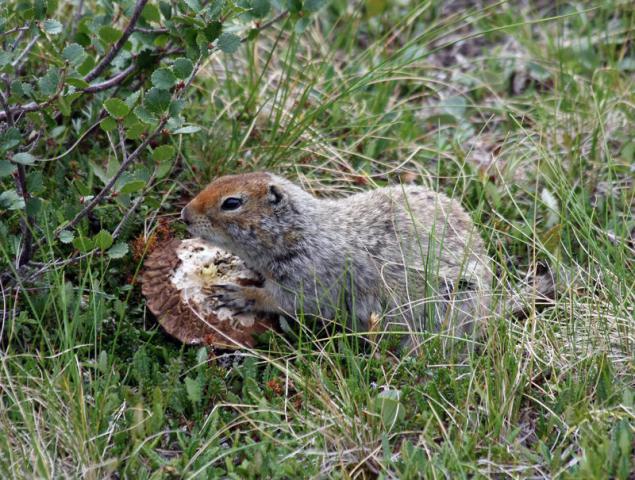
And pretending to be dead.
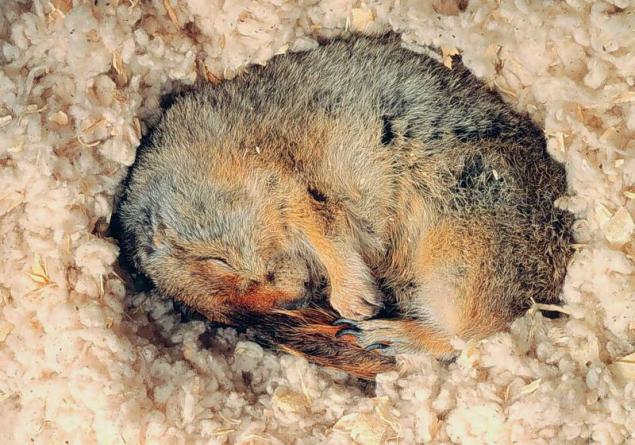
Snowy owl - predator with the most advanced aerodynamics.
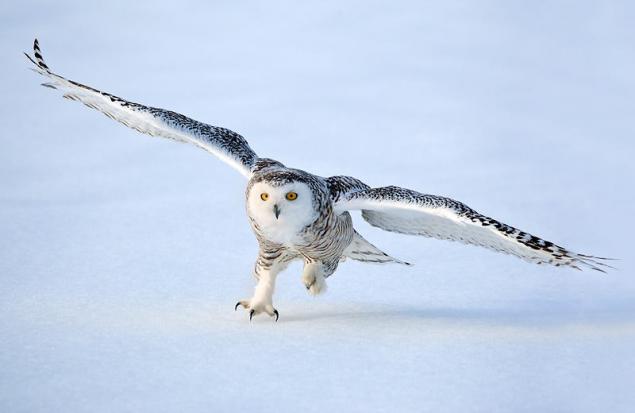
Polar wolf - a handsome man. Born black-eyed, as if wearing glasses.
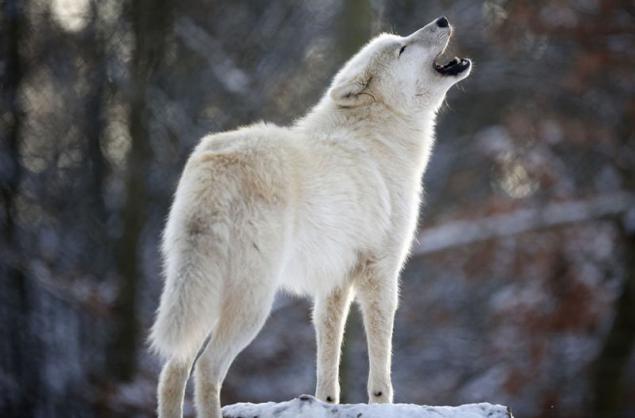
Very common view on emerging every few years the mass suicide of lemmings. It is believed that in some years when lemming increases very rapidly, animals follow each other or one of the lemmings - "guide" to the abyss or shore waters where and die. In fact, the lemmings are not gregarious, gregarious or social animals, they move each by itself and do not follow the leader. Apparently, the myth of lemming suicide group was created in the XIX century, when scientists noticed the sudden decline of populations of lemmings that are not explained.
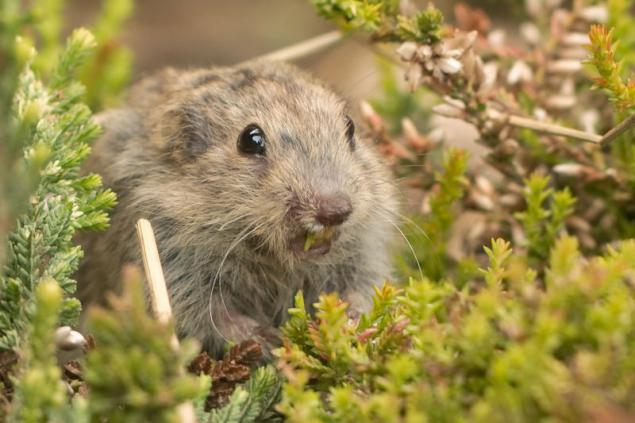
The real masters of the Arctic. Polar bear - one of the largest land mammals of the order of representatives of prey (second only to the elephant seal). Its length is 3 m, weight up to 1 ton. Usually males weigh 400-450 kg, body length of 200-250 cm, height at the withers to 130-150 cm.
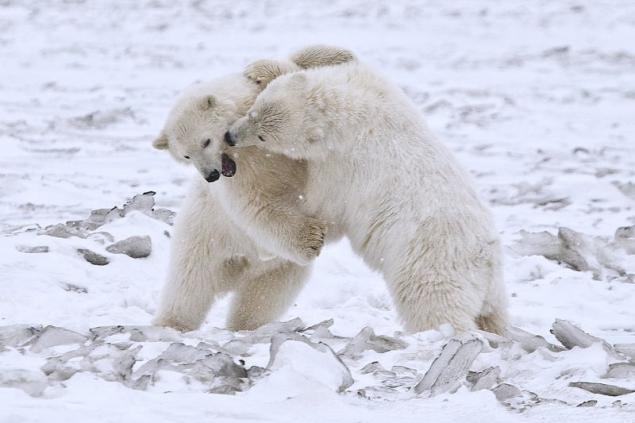

Most birds leave the Arctic zone in winter, but not ptarmigan. Feathered legs - almost as ugg boots. In them, she happily jumps on permafrost.

Arctic chameleons change color several times a year.

The Arctic fox is the size of a domestic cat, but can strangle a hundred lemmings per day to feed his family fox.

Foxy camouflage for protection against polar bears.

Walrus, of course, no one to fear.

Hare in the Arctic is not easy, on-mining foxes, lynx and ermine. But runs fast.

The main weapon of the hare - claws.

Musk ox. To him so simply will not pick up.

The main polar Strangler - ermine.

"So here you are, reindeer».

Ground squirrels do not steamed, but just goes to sleep for seven months, the body and the brain almost freeze.

And pretending to be dead.

Snowy owl - predator with the most advanced aerodynamics.

Polar wolf - a handsome man. Born black-eyed, as if wearing glasses.

Very common view on emerging every few years the mass suicide of lemmings. It is believed that in some years when lemming increases very rapidly, animals follow each other or one of the lemmings - "guide" to the abyss or shore waters where and die. In fact, the lemmings are not gregarious, gregarious or social animals, they move each by itself and do not follow the leader. Apparently, the myth of lemming suicide group was created in the XIX century, when scientists noticed the sudden decline of populations of lemmings that are not explained.

The real masters of the Arctic. Polar bear - one of the largest land mammals of the order of representatives of prey (second only to the elephant seal). Its length is 3 m, weight up to 1 ton. Usually males weigh 400-450 kg, body length of 200-250 cm, height at the withers to 130-150 cm.




